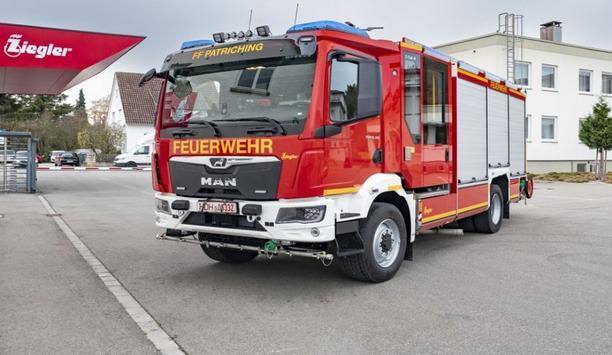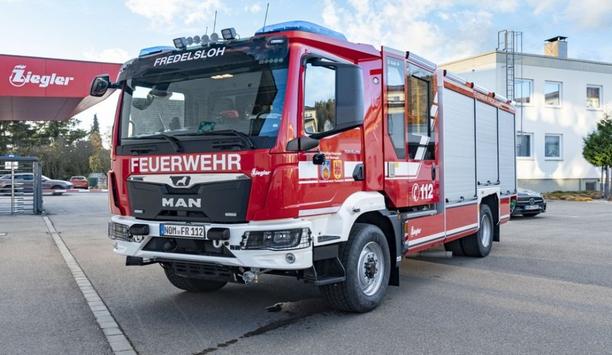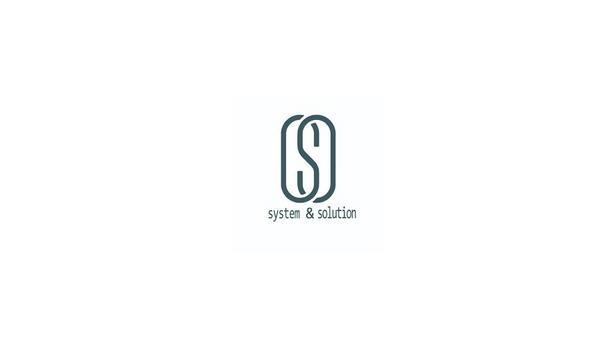Australia is endowed with vast mine sites all across the country. Operating mine sites is extremely expensive, critical equipment is normally functions day in and day out under extreme conditions.
The mining industry poses higher risks and hazards than others. To reduce the risks that come with working in this industry, mine safety should be seriously considered at all times. Thus, operators are expected to invest in mining safety equipment to protect the workers and their productivity and this should come along with proper mining safety training.
Fire safety rules and regulations
Fires happen in the process plant, covert conveyor, workshop, substation, and switch rooms
Like other businesses, fire hazards are a major concern in mining sites. Fires can happen in the process plant, underground conveyor, workshop, substation, monitored control rooms, and switch rooms.
Fires are disruptive in production and can be very costly. Fire safety in mines should never be taken for granted. Property damage, profit loss, fatal injuries, and death due to fire can be avoided by implementing fire safety rules and regulations along with proper safety equipment.
Fire safety mine site tips
The following are fire safety mine site tips that will assist site supervisors and operations managers in maintaining a safe worksite:
1. Carry out a comprehensive risk assessment
The first step in preparing a fire protection plan and controlling the risk of death and damage caused by a fire is conducting a thorough fire hazards assessment. There are various factors in assessing fire hazards in a mine site, such as the size, structure, materials, equipment, and the number of workers. Employing an expert in fire protection to conduct a comprehensive risk assessment can minimize the possibility of hazards being accidentally neglected.
Hazards differ in every site. However, they typically involve mobile equipment and mining vehicles, welding and cutting operations, and storing flammable and combustible fluids. Mined resources can also contribute to the risk.
2. Comprehend compliance and regulations specifications
Violation of fire safety regulations can be remarkably consequential. If fire safety regulations are taken for granted, the risk of fire intensifies. And it is common knowledge that fires can be brutal to the profit and productivity of the business. It is not only a financial and regulatory requirement but it is also ethical to keep the workers safe at all costs.
3. Install proper and adequate fire protection equipment
The required fire protection equipment varies in every mining site. The type and number of equipment will depend on the fire risk assessment conducted on-site.
These usually include fire sprinkler systems, water spray deluge systems, water mist systems, foam systems, vehicle fire suppression systems, breathing apparatus, gas detection units, thermal imaging cameras, fire suppression systems, and portable fire equipment. It is important that these equipment are accessible to the workers at all times, so they can quickly and easily grab them when a fire does arise.
4. Conduct routine inspection, testing, and maintenance for the fire protection equipment
An outdated or busted fire protection equipment is pointless. Thus, it is important that they are serviced regularly. To ensure that the equipment will work in the event of a fire, it must be routinely inspected, tested, maintained and repaired or replaced as necessary.
Due to the extremely hostile environment of a mine site, these services must be frequently conducted. Dust and dirt build up over time and may increase the risk of failure of the equipment; hence, cleaning should also be done regularly.
5. Supervise fire safety mine site training for the workers
Without the proper knowledge of fire safety practices and handling fire protection equipment, the expenses of acquiring fire safety equipment are useless. Mishandling of fire equipment could do more harm than good to the workers.
Fire safety training is a vital component in protecting properties and workers against fire. The training ensures that the staff can properly and efficiently respond if a fire does arise. An appropriate response to an emergency saves lives and reduces damage.















